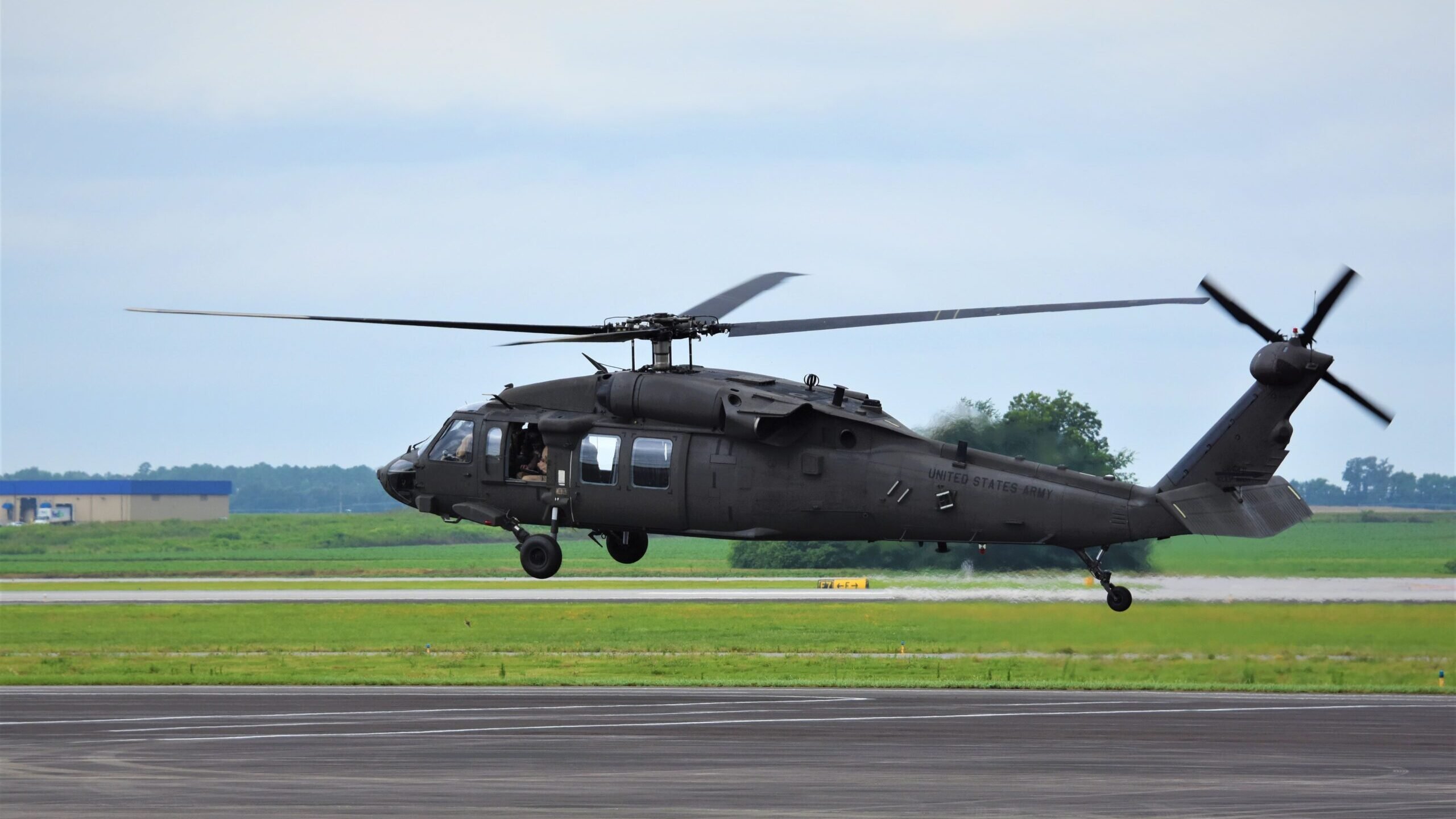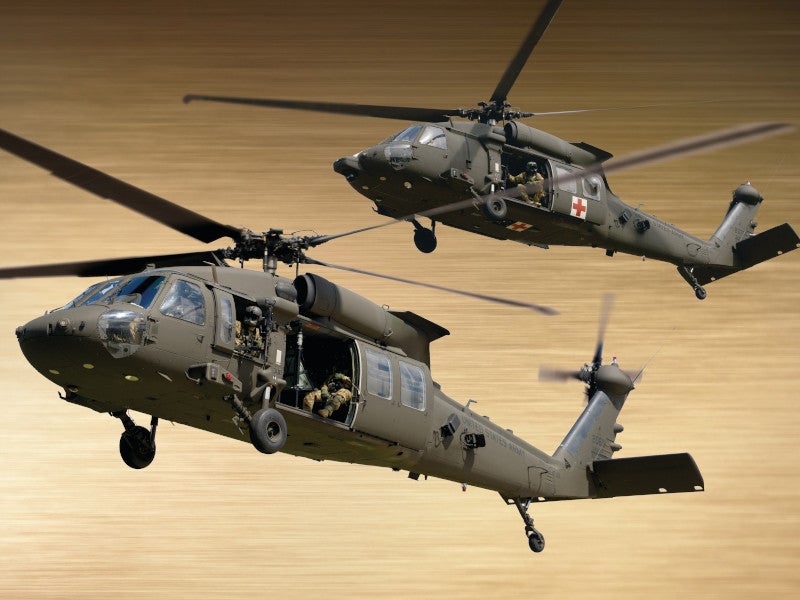The Impact of Sustainable Practices on the Future of Airplane Workflow and Emissions Reduction
As the aviation market deals with enhancing analysis over its environmental influence, the fostering of sustainable practices becomes a vital pathway towards future aircraft procedures and emissions reduction. Innovations in sustainable air travel fuels and advancements in crossbreed propulsion modern technologies stand at the leading edge of this change, appealing considerable decreases in greenhouse gas exhausts. The successful combination of these initiatives hinges on a selection of factors, consisting of regulative frameworks and market cooperation. The concern continues to be: how will these advancing methods improve the dynamics of flight and contribute to a much more lasting future?

Introduction of Lasting Practices
Lasting techniques in airplane operations encompass a variety of strategies targeted at decreasing environmental impact while preserving operational effectiveness. These techniques are essential in the aviation sector's dedication to lessening its carbon impact and sticking to worldwide environmental criteria. Trick campaigns consist of enhancing flight courses to decrease fuel consumption, enhancing upkeep protocols to ensure aircraft run at peak effectiveness, and carrying out sophisticated technologies such as winglets and light-weight products that improve aerodynamics.

Involving and educating team on sustainability practices likewise play a crucial function, fostering a culture of environmental obligation within organizations. Generally, the assimilation of these lasting methods not just helps in reducing discharges however additionally boosts the long-term practicality of the aviation field, ensuring it satisfies the demands of both consumers and regulatory bodies while adding to worldwide sustainability objectives.
Cutting-edge Gas Alternatives
Many ingenious gas options are becoming crucial remedies to decrease the aviation industry's reliance on traditional nonrenewable fuel sources. Amongst these alternatives, Lasting Air travel Gas (SAFs) have actually acquired significant interest as a result of their possible to lower lifecycle greenhouse gas exhausts by as much as 80% compared to traditional jet fuels. SAFs are stemmed from numerous feedstocks, consisting of waste oils, farming deposits, and also algae, making them a flexible option for the industry.
Another encouraging choice is hydrogen fuel, which, when utilized in fuel cells, produces just water vapor as a by-product. Additionally, electrical propulsion systems are being checked out, leveraging battery technology to power airplane.
Finally, biofuels originated from biomass are being investigated, supplying a renewable choice that can be mixed with traditional gas. Collectively, these innovative gas alternatives stand for a vital step toward attaining a sustainable aeronautics community, straightening with international discharges reduction targets and improving the industry's ecological stewardship.
Technological Improvements in Aviation

Exactly how can technical improvements improve the future of aviation? The integration of sophisticated technologies is crucial in transforming airplane procedures, boosting efficiency, and minimizing exhausts. Developments such as hybrid and electrical propulsion see this page systems go to the forefront, appealing substantial reductions in fuel usage and greenhouse gas discharges. These systems leverage developments in battery modern technology and power administration, making it possible for aircraft to run with a reduced ecological footprint.
Moreover, the execution of sophisticated materials, such as light-weight composites, adds to boosted the rules of aerodynamics and fuel efficiency. The use of expert system and equipment discovering in flight procedures enhances course preparation and decreases gas shed by enabling real-time changes based upon weather and website traffic conditions. In addition, the development of autonomous and from another location piloted aircraft systems stands to reinvent freight and traveler transportation, potentially raising performance while decreasing human error.
Additionally, lasting aeronautics modern technologies, including innovative air traffic administration systems, can enhance procedures and reduce blockage, leading to lower exhausts throughout flight. These improvements jointly stand for a paradigm change in aviation, promising a future where sustainability and functional performance are intertwined, consequently supporting the market's dedication to lowering its environmental influence.

Regulative Structure and Conformity
Due to the expanding focus on ecological stewardship within the aviation sector, the regulatory framework governing aircraft procedures is advancing to advertise lasting techniques. Governing bodies, such as the International Civil Aeronautics Organization (ICAO) and various nationwide aeronautics authorities, are presenting rigid standards aimed at minimizing discharges and improving operational efficiency.
These guidelines often include the fostering of Sustainable Aviation Fuel (SAF), which has actually been recognized as a key part in attaining reduced carbon footprints. Additionally, conformity with these guidelines needs airlines to apply functional techniques and sophisticated technologies, such as maximized trip paths and boosted air traffic administration, to lessen gas intake.
Additionally, the enforcement of emissions trading plans and carbon countering campaigns is coming to be progressively prevalent, engaging airline companies to keep track of and report their discharges precisely. Non-compliance can cause considerable fines, therefore pushing operators to focus on sustainability in their organization models.
Ultimately, the advancing regulative landscape not only drives advancement and financial investment in green technologies but also cultivates a society of liability within the aeronautics sector. As these structures remain to establish, the emphasis on lasting practices will be indispensable to achieving the market's long-lasting environmental goals.
Future Trends in Airplane Workflow
As the aeronautics market adapts to a significantly strict governing environment, future patterns in aircraft procedures are view website readied to concentrate on ingenious options that additionally boost sustainability and performance - uh 60. Secret developments will likely consist of the fostering of sophisticated air traffic management systems, which utilize real-time data and expert system to enhance flight paths, lowering gas intake and emissions
An additional substantial pattern is the enhanced assimilation of sustainable aeronautics fuels (SAFs) These alternatives to traditional jet gas, acquired from eco-friendly sources, can considerably reduce lifecycle greenhouse gas emissions. The industry's commitment to SAFs will likely accelerate as airlines team up with fuel manufacturers to make certain schedule and cost-effectiveness.
In addition, the press towards electrification and crossbreed propulsion systems is acquiring momentum. Arising aircraft styles will include these innovations, providing quieter and much more efficient procedures, specifically for short-haul flights.
Final Thought
Finally, the combination of sustainable practices in why not try this out airplane procedures holds significant possibility for exhausts decrease and enhanced effectiveness. The fostering of lasting air travel gas, combined with developments in electric and hybrid propulsion systems, is crucial for reducing lifecycle greenhouse gas exhausts. In addition, enhancing flight courses and welcoming innovative technologies contribute to a quieter and extra eco-friendly aeronautics industry. Jointly, these efforts line up with worldwide sustainability goals and lead the way for a greener future in aviation.
Technologies in lasting aeronautics gas and improvements in hybrid propulsion innovations stand at the center of this change, encouraging significant reductions in greenhouse gas emissions.Many cutting-edge fuel options are emerging as pivotal solutions to decrease the aeronautics sector's dependence on conventional fossil gas - uh 60. Amongst these alternatives, Sustainable Aeronautics Gas (SAFs) have acquired considerable attention due to their possible to decrease lifecycle greenhouse gas emissions by up to 80% compared to traditional jet fuels.An additional considerable trend is the raised combination of sustainable aviation gas (SAFs) The adoption of sustainable aeronautics gas, combined with innovations in electric and hybrid propulsion systems, is necessary for reducing lifecycle greenhouse gas emissions
Comments on “UH 60 Black Hawk: Trick Functions and Developments”